Peter K. Yu
In the age of artificial intelligence (AI), innovative businesses are eager to deploy intelligent platforms to detect and recognize patterns, predict customer choices, and shape user preferences. Yet, such deployment has brought along the widely documented problems of automated systems, including coding errors, corrupt data, algorithmic biases, accountability deficits, and dehumanizing tendencies. In response to these problems, policymakers, commentators, and consumer advocates have increasingly called on businesses seeking to ride the artificial intelligence wave to build transparency and accountability into algorithmic designs…
